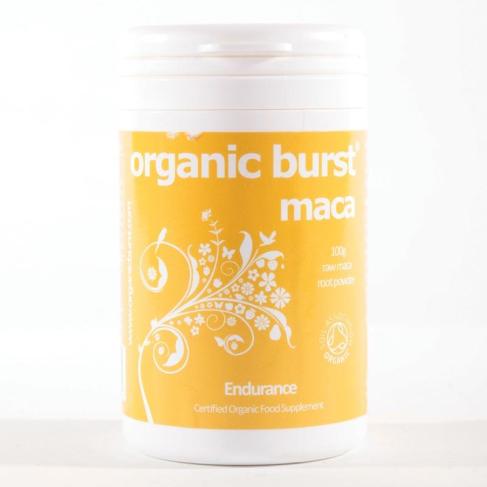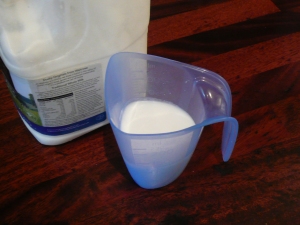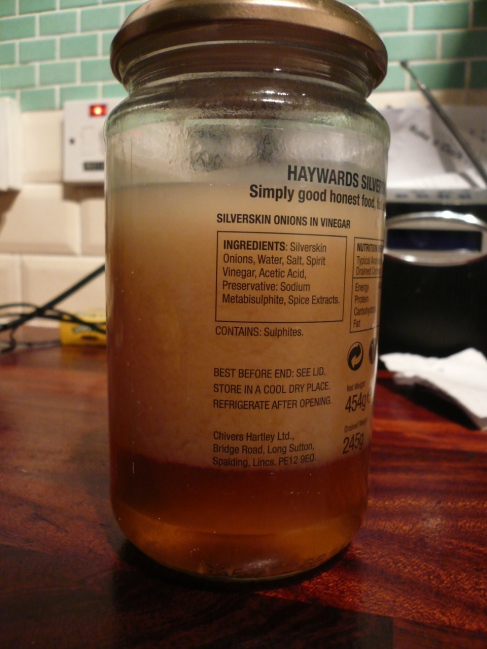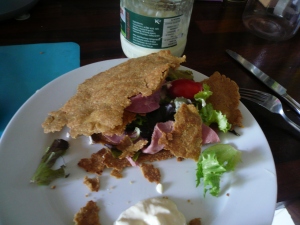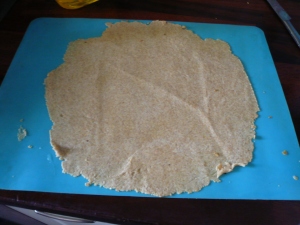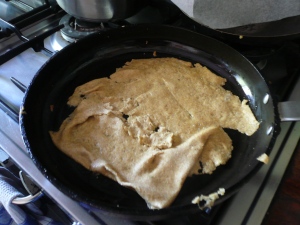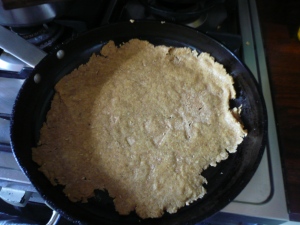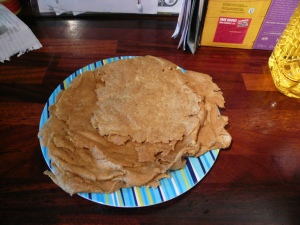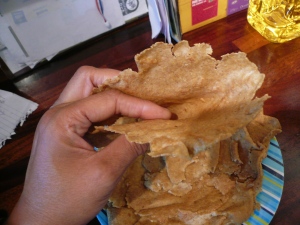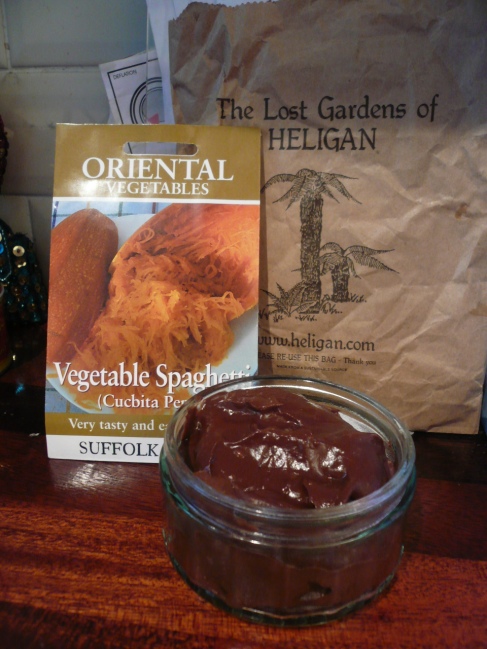I love to batch cook especially something as dreamy and delicious as Dal Makhani (pronounced mak-ni) using Urid/urad beans. Only available in Asian supermarkets so far in 2024 in my neck of the woods in south London. So I’ve adapted many different recipes, I use a presssure cooker, I soak the beans for at least 8 hours ideally overnight. And I cheat. So sue me. 🙂
Dal
- 500g Whole Urad Dal (Black Lentils), I used the whole bag
- Water, to soak the lentils, at least 1 or 2 inches about the dal level
- Enough Water, to pre-cook the lentils, again 1.5 to 2 inches above the lentil line.
To Cook The Dal Makhani
- 50g Butter, Ghee or Oil
- 2 Medium White Onion, sliced or grated.
- 2 tbsp Ginger-Garlic Paste (I used frozen cubes from the supermarket. I don’t even defrost but cook a little longer and add after a minute of the onions frying)
- 1 x 14oz tin of chopped toms
- 1 x 200g tube of tomato puree
- 1 tsp Sea Salt to taste
- 2-3 tbsp Kashmiri Chili Powder (I like it hot, so reduce to 1.5 tbs if you like milder)
- 1 tsp methi leaves (fenugreek leaves)
- 200ml Water, to further cook the lentils, if needed.
- 1 tbsp Garam Masala
- 2 tbsp Salted Butter
- 75ml Double Cream
To Garnish The Dal Makhani
- Small slice of salted butter, to top
- Cream to taste, to pour on top
- Finely chopped fresh coriander, to taste
Instructions
- Soak the lentils. Wash the lentils thoroughly, then add them to a large bowl. Cover with plenty of water – add enough water so they completely cover the lentils with at least 1.5 inches of additional water on top of the lentils. Soak for 8 hours, or overnight but no more than 24 hrs.
- Once the lentils have been soaked, discard the water and wash thoroughly again in a sieve.
- Cook the lentils. Add the soaked lentils along with enough water to sit at least 1.5 or 2 inches above the lentil line in a pressure cooker(mine’s an old Aldi bargain and not an instapot). Add a tsp of salt. Cover and cook after reaching pressure for about 20-25 minutes. Once the lentils have cooked, they should be creamy inside when squashed. Mash them slightly to thicken the Dal.
- Make the Dal Makhani. Add ghee/butter to a large heavy-bottomed saucepan over low heat. Once melted, add the grated or sliced white onions. Sauté gently for 5 minutes, then add your ginger garlic paste. Mix well and sauté for another few minutes until all nicely caramelised, before adding kashimiri chilli, dried methi leaves if you have them, blended tomatoes, puree, cook until butter seeps out. Sprinkling in a little salt.
- Continue to cook on low heat, stirring occasionally, until the mixture has thickened. Once this happens, add this mixture to your cooked lentils along with an additional water if necessary, and Garam Masala.
- Cover and cook on low heat for an additional 10 mins.
- Finally, stir through salted butter and double cream. Adjust salt to taste.
- Garnish with extra cream, butter, and plenty of fresh coriander to serve if wanting it look a little fancier for guests.
Serving Suggestion: Plate alongside Fluffy Naan, rice or other sides dishes of your choice.
